
A gluten-replacer, reduced sugar cookie mix, and carbon neutral palm oil are among the latest ingredients innovation to be rolled out by suppliers to the baking industry.
All are designed to make bakers’ lives easier and help them tap into changing consumer demands and concerns around health, sustainability, and more.
Here, we take a look at the latest ingredients to hit the market:
Reduced sugar cookie mix, CSM Ingredients
CMS Ingredients has unveiled a new addition to its foodservice range in the form of a Reduced Sugar Cookie Mix (pictured above). CSM said the mix contains 30% less sugar than a standard cookie mix and results in an artisan-style cookie which is crunchy on the outside and soft and chewy on the inside.
The mix, which has a subtle vanilla flavour, requires the addition of water and Marvello cake margarine, but inclusions can also be added with CSM recommending options such as chai seeds, banana pieces, cranberry, and oats.
“The adaptability of the mix means it can be used on its own or with inclusions and across the whole year including for seasonal products. The end result of a delicious, melt-in-the-mouth cookie base with a soft centre and outer crunch ensures a high-quality product is produced time after time,” said Miriam Bernhart, director category bread & pastry solutions, CSM Ingredients.
Bernhart pointed to research by Mintel which shows 37% of consumers agree that companies should slowly reduce their sugar content over time without a replacement.
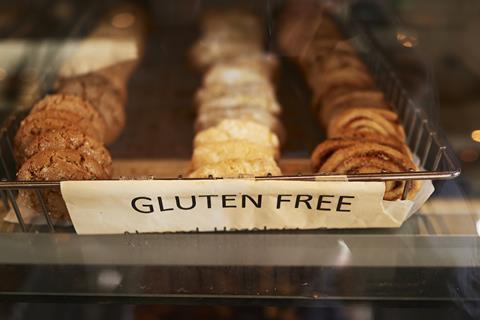
Gluten replacer, ACI Group
ACI Group is tapping into the growing gluten-free market with an additive designed to mimic gluten’s natural elasticity and water retention properties to help bakers produce better baked goods.
The Synevo GR1 Gluten Replacer uses a specialised hydroxypropyl methylcellulose (HPMC) blend which means it can be incorporated into existing recipes with no reformulation required, said ACI Group. It can be used in a variety of items such as morning goods, loaves, cakes, cookies, and more.
ACI said it had been developed due to demand for better quality gluten-free baked goods. The supplier explained that consumers will no longer accept the gritty texture which occurs when the starch in gluten-free flour crystallises while bakers don’t want sticky, wet dough that is difficult to handle and challenging to bake evenly – a result of the flour’s use of fine, highly absorbent starches.
“We know many of our baking industry customers are looking to upgrade their gluten-free options,” said Trish Fellowes, food sales manager at ACI Group. “The exclusive HPMC formula eliminates the need to stock multiple HPMCs, and offers improved process stability, encourages a resilient crumb, and eliminates the irregular crumb holes that are a hallmark of many gluten alternatives.”

Carbon neutral palm oil, Daabon UK
Daabon UK, part of global sustainable agriculture firm Daabon Group, has launched what it claims to be the world’s first carbon-neutral organic palm oil.
It has a Life Cycle Assessment (LCA) of calculated CO2eq of -977kg per tonne, cradle to gate, making it ideal for palm oil users who are looking to cut their Scope 3 carbon emissions. The palm oil comes from Daabon’s CI Tequendama SAS mill in northern Colombia. The LCA was conducted using Ecopalma’s carbon footprint estimation tool, harmonised with the ISO 14067 standard, it said.
For comparison, Daabon said the average carbon footprint of conventional palm oil stands at +5,340kg CO2eq per tonne, with RSPO certified sustainable segregated palm oil averaging +3,410kg per tonne and best-in-class RSPO certified sustainable palm oil averaging +1,470kg per tonne.
“Tackling the carbon footprint is the natural next step in making palm oil truly sustainable – and we’re delighted to have achieved this milestone. We genuinely believe that Daabon carbon-neutral palm oil sets the gold standard for sustainability worldwide,” said Manuel Davila, managing director of Daabon UK and EU.
The next step, Davila said, is to replicate this at the business’ other refinery with the eventual goal of making all the palm oil we offer become carbon-negative and climate-positive.
“Of course, there is still some way to go to cut the emissions associated with onward transport and global shipping – but it’s a fantastic start that will help our customers to cut their Scope 3 emissions and drive significant sustainability improvements,” the MD added.
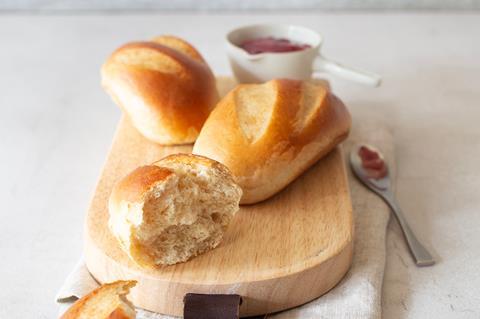
Prebiotic fibres, GoodMills Innovation
Ingredients supplier GoodMills Innovation has rolled out a ‘unique’ combination of seven different dietary fibres for use in bread, rolls, sandwiches, and more.
Known as Snow Prebiotic Fibres, it enables bread, rolls, biscuits, waffles, pancakes, and bars to be made with a high fibre content without compromising on taste or mouthfeel.
“By finely balancing acacia fibre, fermented wheat bran, oat fibre, pea fibre, chicory root fibre, citrus fibre and rye bran, we were not only able to eliminate undesirable off-flavours such as bitter or astringent notes, but also achieve a pleasantly short bite in baked goods,” said Max Weber, category manager baking and snacks at GoodMills Innovation. “The combination of different fibres also promises a broader spectrum of effects on the development of healthy gut flora.”
The supplier said the fibres promise light-coloured, high-fibre baked goods with a mild taste – without any sensory loss. They have a beneficial effect on the microbiome thanks to a sophisticated combination of specific dietary fibres, it added. They can also be processed without any major adjustments or investments as the mix can be used in a 1:1 ratio with wheat flour, claimed GoodMills Innovation, stating that the rheological properties of the dough remain unchanged.






















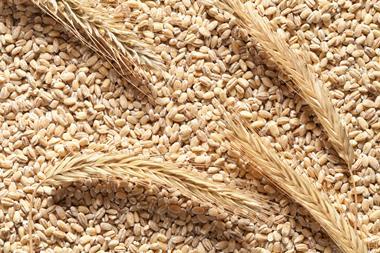


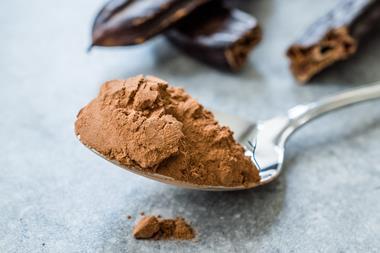
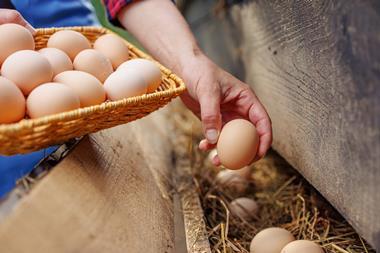



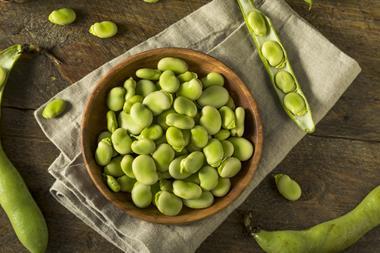

No comments yet